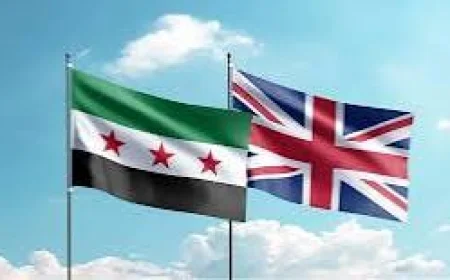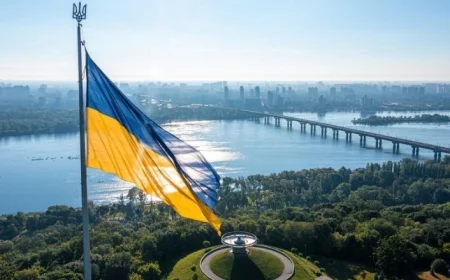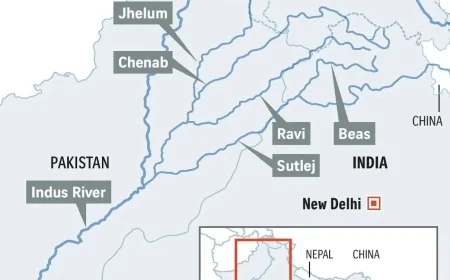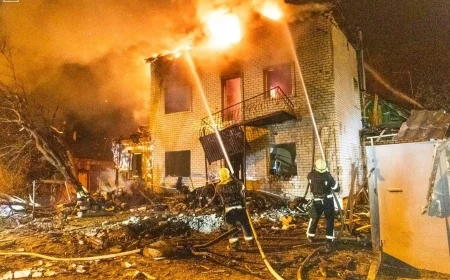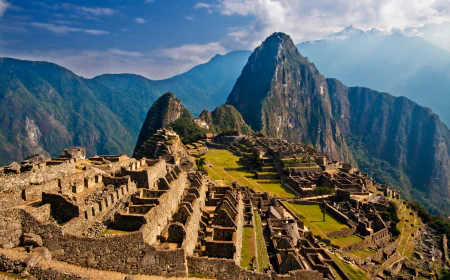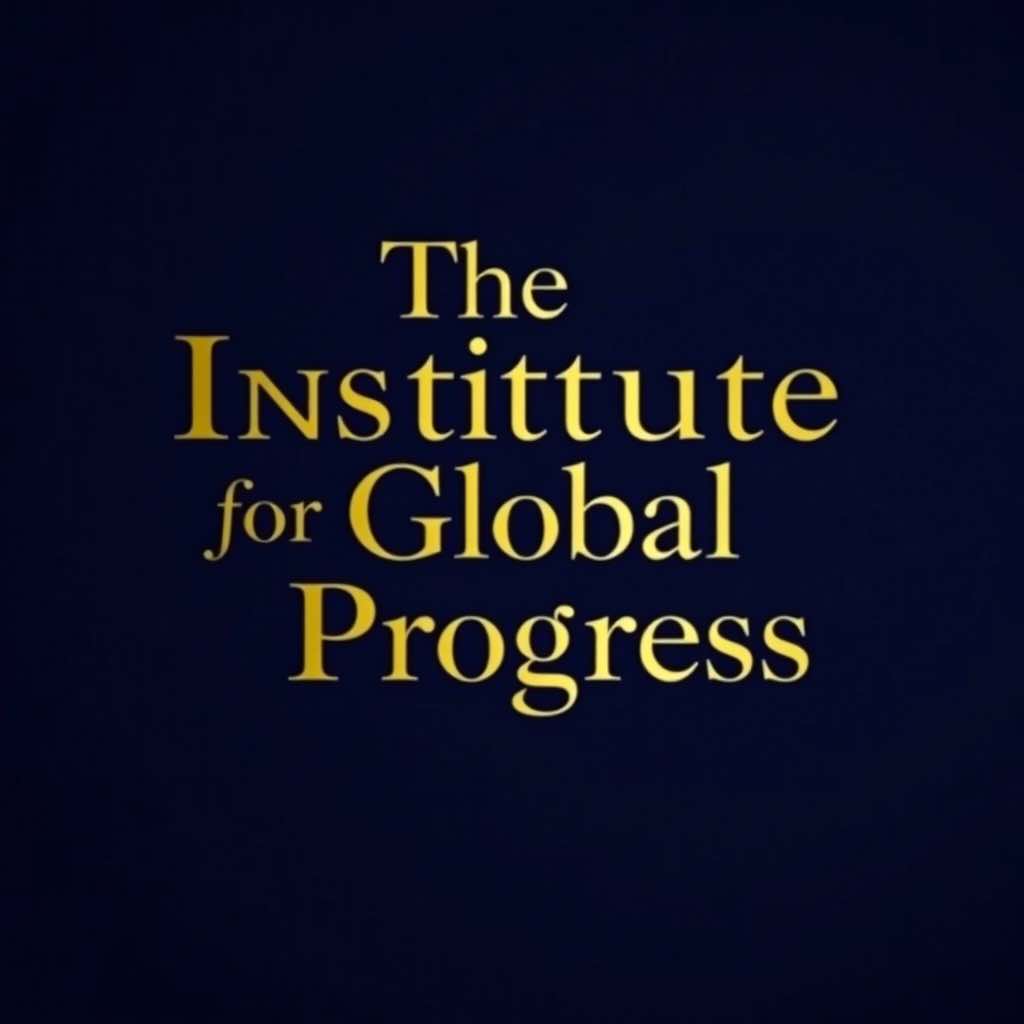The April 2025 attack in Kashmir has once again thrown the disputed territory into the global spotlight, reigniting tensions between India and Pakistan that threaten regional stability. This incident represents the most significant deterioration in bilateral relations since the 2019 Pulwama attack and subsequent Balakot airstrikes. As two nuclear powers with a complex historical relationship, the potential for escalation demands urgent diplomatic intervention and a renewed commitment to peaceful resolution.
Recent Developments
The attack, which targeted Indian security forces near Srinagar, resulted in the deaths of 17 personnel and injuries to dozens more. While no group has claimed responsibility at the time of writing, Indian authorities have pointed to Pakistan-based militant organisations. Islamabad has vehemently denied any involvement, characterising these allegations as “baseless” and “designed to deflect attention from India’s internal challenges.”
In the immediate aftermath, India suspended the limited trade and diplomatic exchanges that had been cautiously re-established since 2023. Military forces on both sides have been placed on heightened alert, with concerning troop movements reported along the Line of Control (LoC).
Historical Context
The Kashmir conflict dates back to the 1947 partition of the Indian subcontinent. Despite three wars and numerous skirmishes, the territorial dispute remains unresolved. The region has experienced cycles of violence, broken ceasefires, and failed peace initiatives.
Recent years had shown modest progress, with both nations agreeing to observe the 2003 ceasefire agreement in February 2021. This created a period of relative calm along the LoC and opened limited diplomatic engagement. However, fundamental differences regarding Kashmir’s status remained unaddressed, creating conditions for renewed hostility when provocations occurred.
Strategic Implications
This latest flare-up carries profound strategic implications:
1. Nuclear Dimension: With both countries possessing nuclear arsenals, any military escalation carries existential risks for the region and beyond.
2. Regional Stability: The conflict threatens to undermine broader South Asian stability at a time when coordination on climate change, water security, and economic integration is increasingly vital.
3. Great Power Politics: The dispute places regional powers such as China, and global actors like the United States and Russia, in complex diplomatic positions, potentially exacerbating global power rivalries.
4. Economic Consequences: Heightened tensions are likely to impede regional economic cooperation, particularly affecting cross-border trade and potential energy partnerships.
Strategic Framework for Sustainable Peace
Achieving lasting peace requires a comprehensive approach addressing immediate de-escalation needs while establishing frameworks for long-term resolution.
Immediate Crisis Management
1. Multilateral Diplomatic Intervention: The United Nations, alongside concerned states with influence in the region, should establish an emergency contact group to facilitate dialogue between India and Pakistan.
2. Military De-escalation Measures: Immediate restoration of the ceasefire agreement along the LoC, with enhanced monitoring mechanisms, potentially involving neutral observers.
3. Counter-terrorism Cooperation: Formation of a joint counter-terrorism mechanism with international oversight to address mutual security concerns and prevent non-state actors from derailing peace efforts.
Medium-term Confidence Building
1. Incremental Diplomatic Re-engagement: Restoration of high-commissioner positions, followed by structured bilateral talks initially focused on less contentious issues such as trade, environmental cooperation, and people-to-people exchanges.
2. Border Management Protocols: Development of robust communications channels between military and civilian leadership to prevent misunderstandings from escalating into crises.
3. Trade Normalisation: Progressive removal of trade barriers to create economic interdependence that raises the cost of conflict for both sides.
Long-term Resolution Framework
1. Structured Peace Process: Establishment of a comprehensive peace dialogue addressing core territorial disputes, with international guarantors and clearly defined milestones.
2. Humanitarian Focus: Prioritising civilian welfare in Kashmir through joint development initiatives, human rights protections, and greater autonomy for local governance.
3. Regional Integration Mechanisms: Embedding bilateral relations within broader regional cooperation frameworks such as an enhanced South Asian Association for Regional Cooperation (SAARC).
4. Water Security Agreement: Development of a binding agreement on shared water resources, addressing one of the most pressing potential flashpoints between the nations.
Role of the International Community
The international community must move beyond expressions of concern towards active engagement:
1. Balanced Mediation: Neutral third parties should offer mediation services while avoiding actions that appear to favour either side.
2. Economic Incentives: Development of peace dividends through international investment packages conditional on continued dialogue and de-escalation.
3. Security Guarantees: Major powers should provide security assurances to both nations to alleviate concerns about territorial vulnerability during peace negotiations.
4. Addressing Root Causes: Supporting governance reforms and economic development in Kashmir to address grievances that fuel extremism.
Obstacles to Peace
Several factors complicate peace efforts:
1. Domestic Politics: Hardline nationalist constituencies in both countries often make compromise politically costly for leaders.
2. Trust Deficit: Decades of conflict have created profound mistrust that undermines diplomatic initiatives.
3. Non-state Actors: Militant groups operating in the region have vested interests in perpetuating conflict.
4. Information Warfare: Media narratives and disinformation campaigns often inflame tensions and harden public positions.
Justice and Reconciliation
Lasting peace must incorporate justice mechanisms:
1. Addressing Historical Grievances: Creating forums for acknowledging past wrongs by all parties involved in the conflict.
2. Human Rights Accountability: Establishing transparent investigations into human rights violations with appropriate accountability measures.
3. Transitional Justice: Developing mechanisms that balance accountability with the need for reconciliation.
4. Civil Society Engagement: Empowering local voices in Kashmir to participate meaningfully in peace processes.
Conclusion
The April 2025 Kashmir attack represents both a dangerous escalation and a crucial opportunity to break the cycle of conflict. While immediate crisis management is essential, sustainable peace requires addressing underlying issues through patient, multi-track diplomacy.
The pathway forward demands political courage from leadership in both New Delhi and Islamabad, alongside constructive engagement from the international community. Though challenging, peace between these nuclear neighbours is not merely desirable but necessary—for their citizens and for global security.
As history has repeatedly demonstrated, military solutions cannot resolve the Kashmir dispute. Only through sustained dialogue, mutual compromise, and a genuine commitment to the welfare of the Kashmiri people can a just and lasting peace be achieved. The stakes—regional stability, nuclear security, and the lives of millions—demand nothing less.

 Like
0
Like
0
 Dislike
0
Dislike
0
 Love
0
Love
0
 Funny
0
Funny
0
 Angry
0
Angry
0
 Sad
0
Sad
0
 Wow
0
Wow
0





